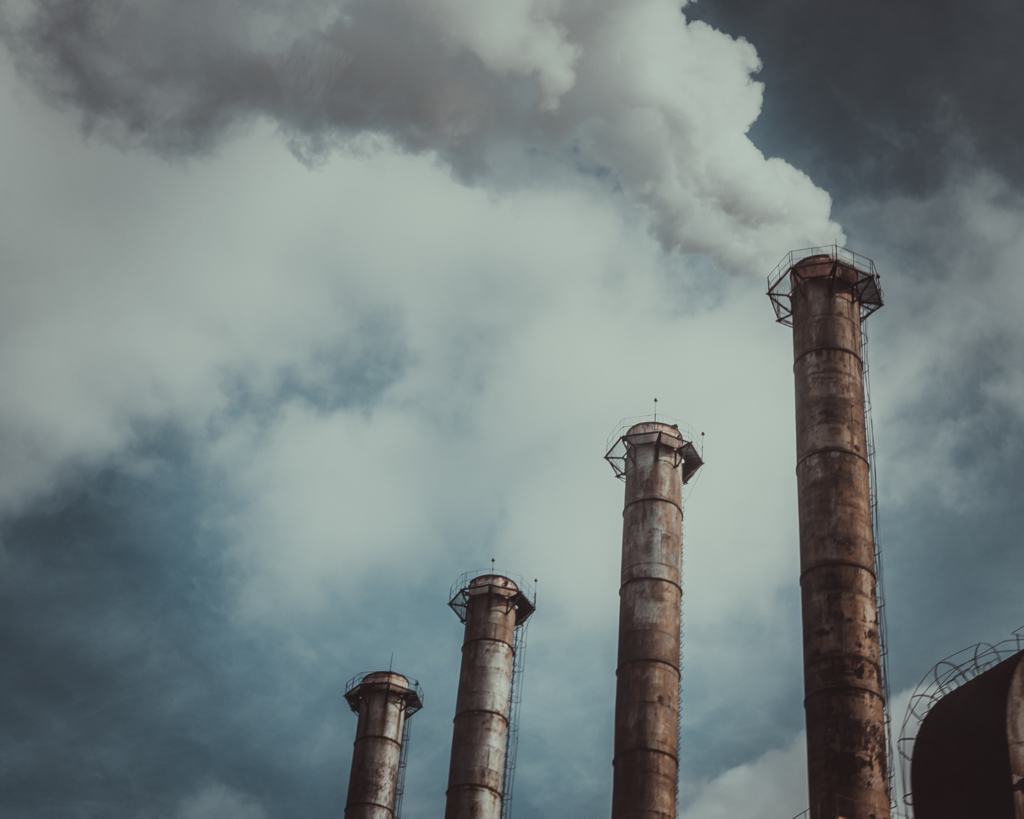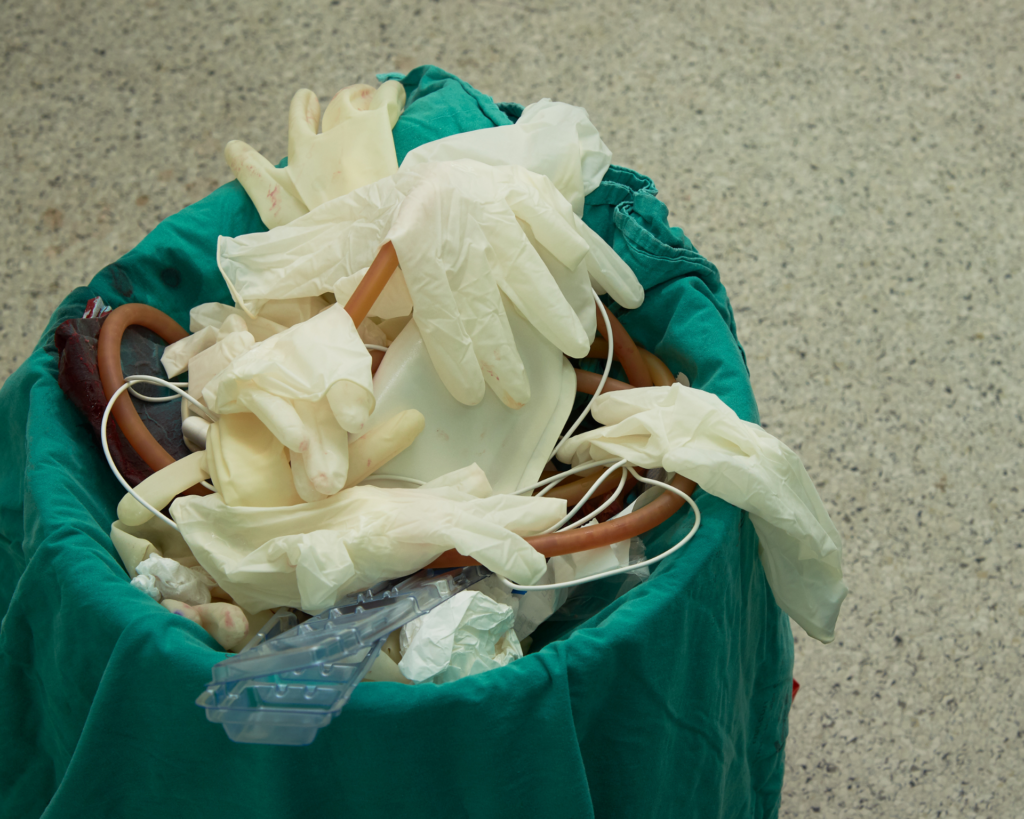Water Quality and Public Health in a Thirsty, Crowded World
For municipal dwellers getting water from the tap, there is a cost to water pollution. Urban water treatment costs at the treatment plant depend on the water quality at the city’s source, which in turn depends on the land use in watersheds.

Read Time: 4 minutes
Published:
We are living in an increasingly thirsty, crowded world. More than 2.3 billion additional people are expected to reside in the world’s urban areas by 2050, including about 85 million in U.S. cities, according to the United Nations Population Division. All those new urban dwellers will, of course, need water. Domestic water demand globally is forecasted to increase by 80 percent in the same time period. Such a crowded world will also see increased human activity (agriculture, urban development, and industrial activity) within the source watersheds of many cities, the area upstream of a city’s water source where human activity can influence water quality. Recent research suggests that the quality of urban water sources is continuously declining, while urban demand for water continues to rise.
But even for municipal dwellers getting water from the tap, there is a cost to water pollution.
This matters for public health if people are directly consuming polluted water, as is common in informal settlements in developing countries. But even for municipal dwellers getting water from the tap, there is a cost to water pollution. Urban water-treatment costs at the treatment plant depend on the water quality at the city’s source, which in turn depends on the land use in the source watersheds. If, for instance, the water in a city’s reservoir begins to have greater concentrations of sediment or pollutants, that increases the operating costs of the water treatment plant, as they have to pay more to treat water to safe levels.
Our study, “Estimating Watershed Degradation over the Last Century and Its Impact on Water-Treatment Costs for the World’s Large Cities” focused on quantifying how significantly urban source water quality declined over the 20th century. We used a unique dataset called the City Water Map, which maps where hundreds of major cities around the world obtain their water from.

We found that globally urban source watershed degradation is widespread, with nine in ten cities losing significant amounts of natural land cover in their source watersheds to agriculture and development. As shown in Figure 1, concentrations of nitrogen (N) have increased on average 120% over levels found a century ago, whereas concentrations of phosphorus (P) and sediment have increased around 40%. Watershed degradation has increased the cost of water treatment for about one in three large cities globally, increasing those costs by about half. If you add up the impact globally, that is around $5.4 billion a year in economic impact.
This increase in cost matters because increases in water-treatment costs are paid for by those living in cities. Watershed degradation has had a real quantitative cost for hundreds of millions of urbanites.
What can be done to protect urban source water quality and public health? The Nature Conservancy works with cities globally to protect watersheds via traditional nature preserves and conservation easements. In addition, new funding strategies like water funds are being used to connect urban residents with the protection of the sources of their drinking water upstream. This can involve, for instance, payments or other incentives to farmers to reduce erosion and water pollution. The goal is to connect the need of water users and freshwater species for clean water, with the landowners upstream whose actions control water quality. It won’t be all of the solution, but in a world that is getting increasingly crowded, I am convinced it is part of the solution to the $5.4 billion problem.
Feature image: Nicholas A. Tonelli, Watershed, Water Tank Hollow Vista, Potter County, along PA Route 44 in Susquehannock State Forest, used under CC BY 2.0



